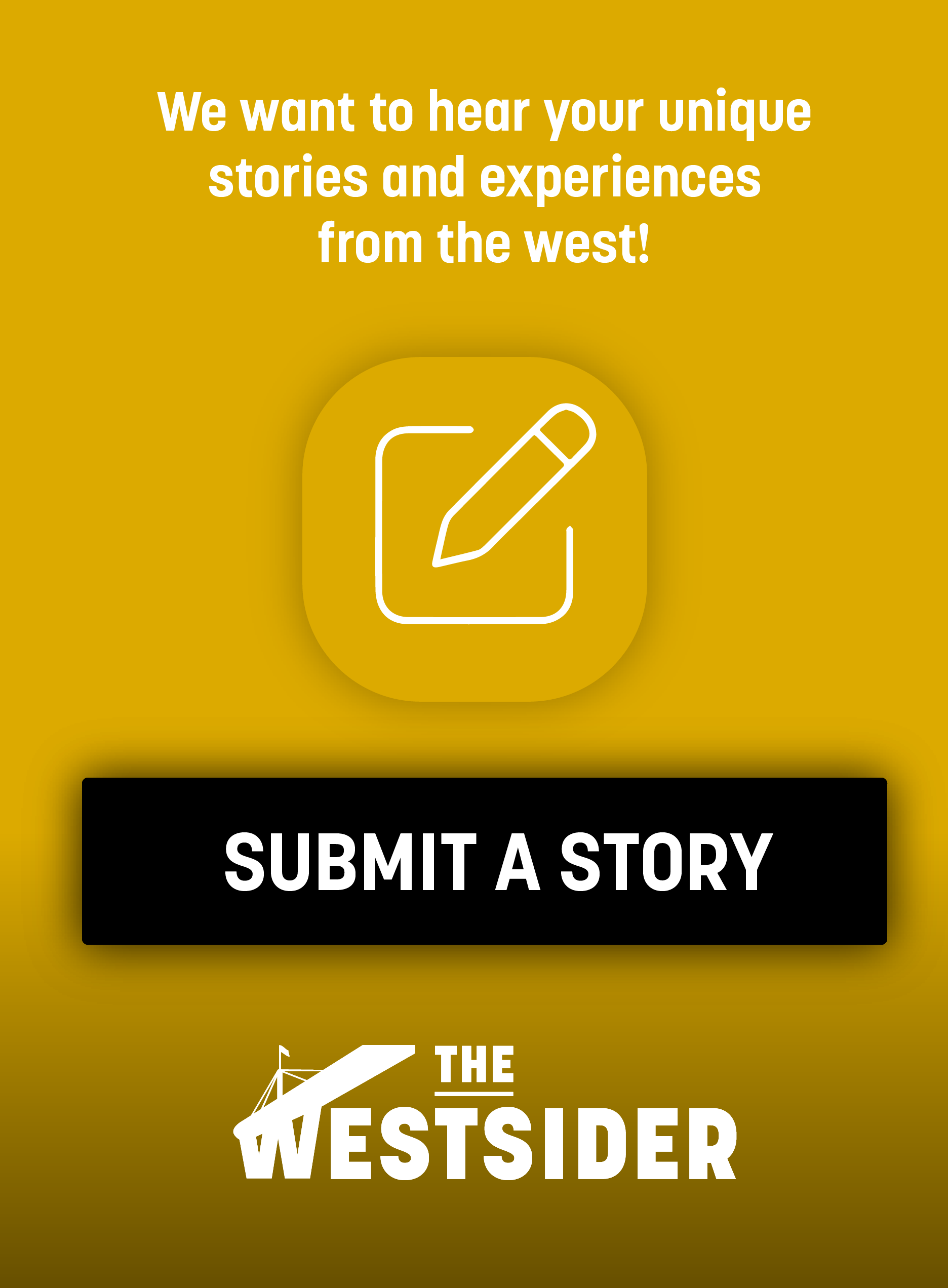By Conrad Tracey
Every product and service available offers a unique experience – UX. User experience includes every element of engagement a user encounters during their interaction with a product, service, or computer system. UX covers where, what, when, why and how a person uses a product or service.
UX became part of business jargon in the early 1990s and lives on as a common if little understood buzzword. The new awareness of this element of customer engagement ushered in the practice of user-centered design processes.
When Donald Norman, a cognitive psychologist, joined Apple, he helped change the way business approached product development. His book ‘The Design of Everyday Things’ emphasises the power of design to enhance user experience. Norman suggests that services and products need to incorporate design and engineering which clearly indicate how they work. Good design garners high user satisfaction, because the use of the service or product seems effortless.
Born of good design
“It evolved out of design…a lot of designers…and a little bit of strategy, the evolution that I saw over time… eventually, you saw designers that were talking about user experience and customer experience. Then, over time, they separated,” said Travis Brett, UX and Customer Experience lead from Co Co Jumbo.
According to Brett, the user experience focuses on the customer journey with a product or service; the customer experience comes from the brand’s perspective. Customer experience references the desired persona, messaging, and call to action of a product or service.
UX is everywhere
UX is ubiquitous, it influences the design of mundane appliances like coffee makers and cars. However, it is in the digital software space that UX takes pre-eminence. From the first to final engagement with an application, UX informs the colour scheme, button placement, and platform design. Intuitive design and ease of navigation are the hallmarks of successful software UX.
Along with being a very practical aspect of software design, UX also requires creative ingenuity. There is an undefinable art to UX development and application.
“The whole process, learning to understand what the goals are for the desired outcome, and then effectively matching them to the demographics, and then sort of working with a design team to get the actual outcome, so it’s hard to say what the actual art is,” said Brett.
Empathy think
UX Designers and Researchers must play many roles when developing software. In large part, successful UX Designers and Researchers possess the ability to creatively apply their empathy skills as well duplicate what works from project to project.
Mila Markovic, UX Designer from Car Cloud, describes the art of UX development by saying, “Most UX designers have the ability to wear multiple hats which kind of leads back to empathy for me in a big way. I think UX is so highly tied with empathy which is at the core of the art. Empathising with users, stakeholders, with whoever is involved in the whole process—it’s being able to put yourself in the position of everyone involved at some point in time and applying it to the product you’re about to develop.”
UX developers diligently research and test what they discover to gain the best understanding of how users experience their product. Testing occurs in a variety of forms. Some testing is very abstract and analysis driven. Others, like Usability Testing, are more hands on.
Usability Testing involves letting users directly experience an application or website, provide feedback, and offer suggestions for improvement. They perform certain tasks as directed and are asked to think out aloud, voicing each action, in order to document what does or doesn’t work as well as their emotional responses.
Next stop – Service Design
Although the future of UX constantly evolves, sign posts for the future exist. They all seem to point toward Service Design.
Artificial Intelligence (AI), Augmented Reality, voice recognition and face recognition all indicate the service-oriented nature of future UX development. In some cases, the need to physically touch the product delivering service or a remote link to it may be removed. App-driven automated coffee makers and other devices as well as the Amazon’s virtual assistant software, Alexa built-in to its Echo smart speaker, are harbingers of this trend.
Conrad is a passionate entrepreneur with a deep interest in problem solving, leadership, community and helping people prosper.


